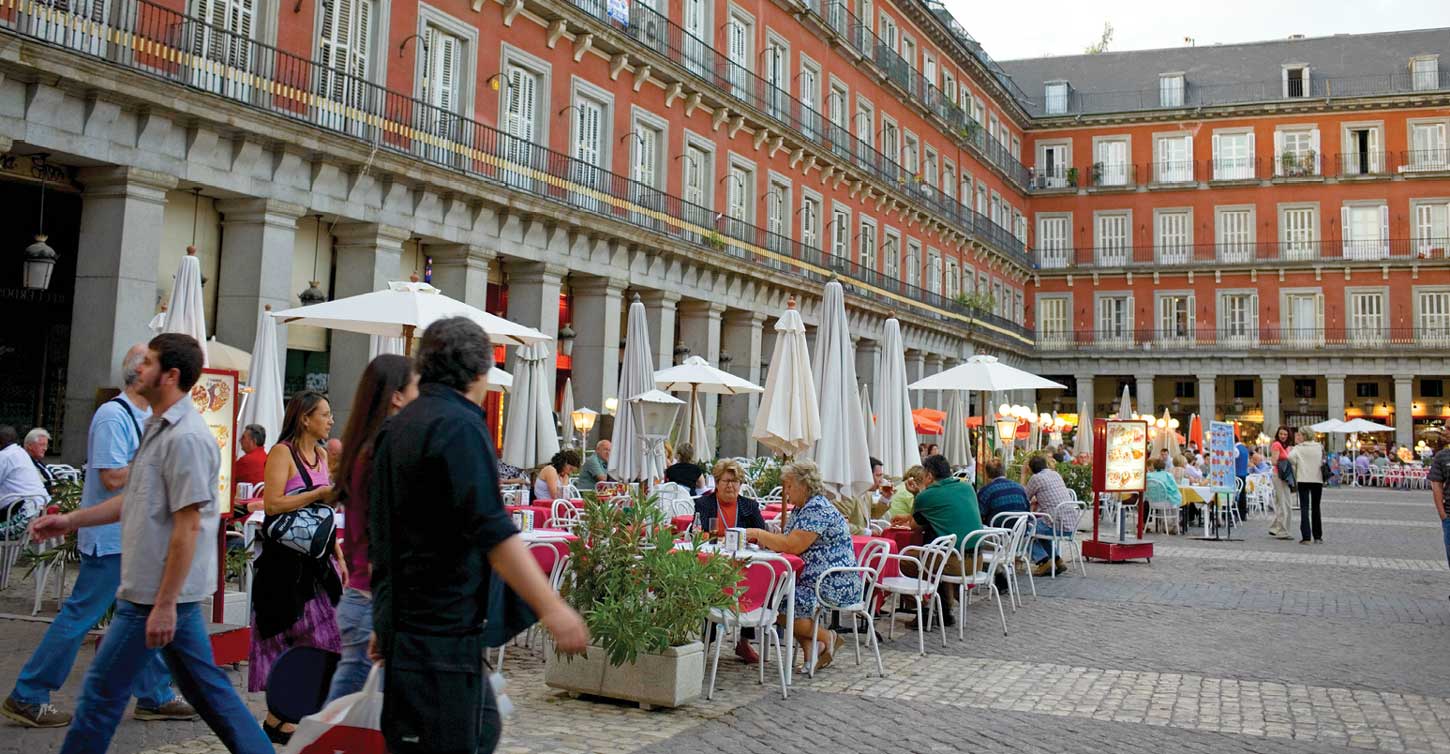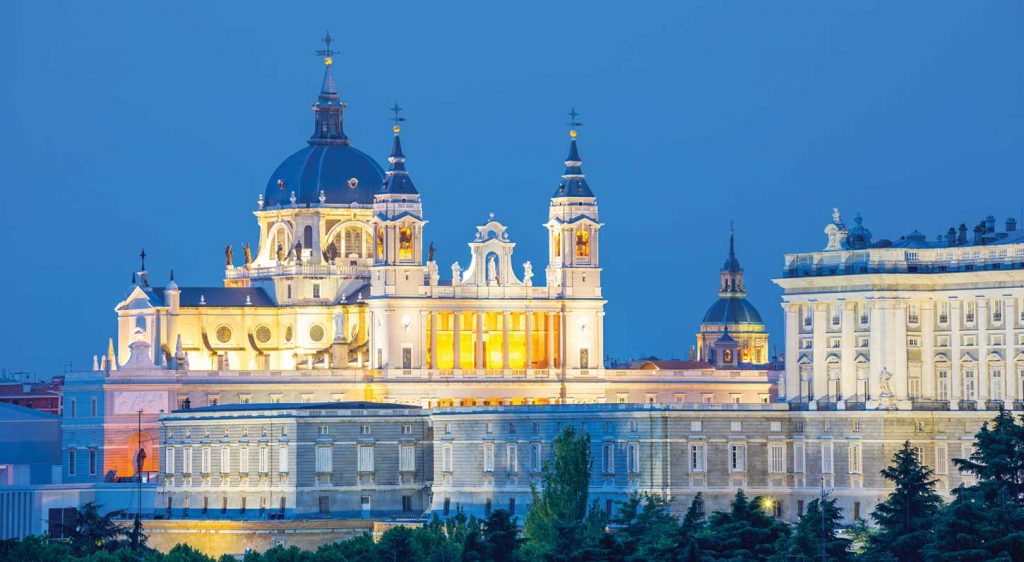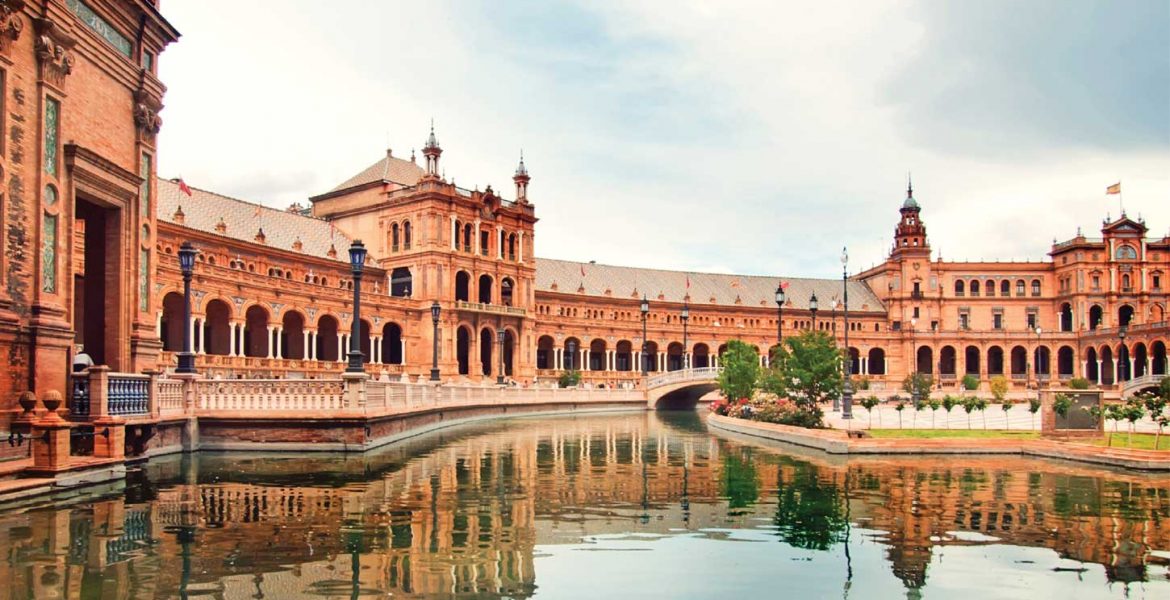The Royal City of Madrid
Sandip Hor is fascinated by the Spanish capital’s attractions
Madrid has been a royal city since it became the capital of the Spanish Empire in 1561. As a result, the entire cityscape is dotted with royal emblems such as statues of former monarchs, monuments, fountains, gates, palaces and nobles’ houses.
The most tourist haunted location is the Palacio Real (Royal Palace of Madrid). It’s a lavish 3,000 room regal residence, which was built in 1755 on the site of a medieval citadel that was reduced to ashes after a devastating fire.
Although the king doesn’t live there presently, the Royal Palace is used regularly for regal events and state functions. A section of the palace is open to the public and offers visitors a taste of the lifestyle of Spanish royals, as well as a chance to see some outstanding pieces of art.

WHERE TO STAY Like any other world city, there is no shortage of accommodation options – from luxurious five-star hotels to modest hostels for backpackers. The NH Collection Madrid Eurobuilding is a good choice for business and leisure travellers.
WHAT TO DO As bullfighting is synonymous with Spain, it’s one of the highly ranked attractions of Madrid. Visit Plaza de Toros Las Ventas on a Sunday between May and October to witness the sport. This 25,000 capacity redbrick and ceramic tiled arena will be packed with spectators cheering the toreros or matadors who ceremoniously fight hysterical bulls.
Sports fans can also visit the Santiago Bernabéu Stadium, which is the home ground of the city’s famous football club Real Madrid. Art lovers can enjoy gazing at exquisite pieces from the medieval and renaissance periods at the 200-year-old Museo Nacional del Prado.
“The equestrian statue of 17th century monarch Philip III at the centre of the plaza is one of the most valuable works of art on Madrid’s streets“

WHERE TO GO Not far from the Royal Palace is the Plaza Mayor where the city’s heart has been beating since the 15th century. Surrounded by old buildings with ornate balconies, it’s a portico lined paved space with nine arched entrances.
The equestrian statue of 17th century monarch Philip III at the centre of the plaza is one of the most valuable works of art on Madrid’s streets. Most visitors begin their itineraries from this plaza.
Plaza Mayor began life as a marketplace and then became the venue for bullfights, carnivals, coronations and other important ceremonies of imperial Madrid. Nothing of this nature happens anymore; today, the quarter is a great place for meeting, socialising and indulging in fine dining.
TRAVEL TIPS
- Eat paella, which is the Spanish national dish of rice, seafood and meat cooked over an open fire, at the Los Galayos restaurant in Plaza Mayor
- Watch the high-energy music and dance form of flamenco, which is also considered a part of Spanish identity, at the Villa Rosa – the oldest flamenco tablao in the world









